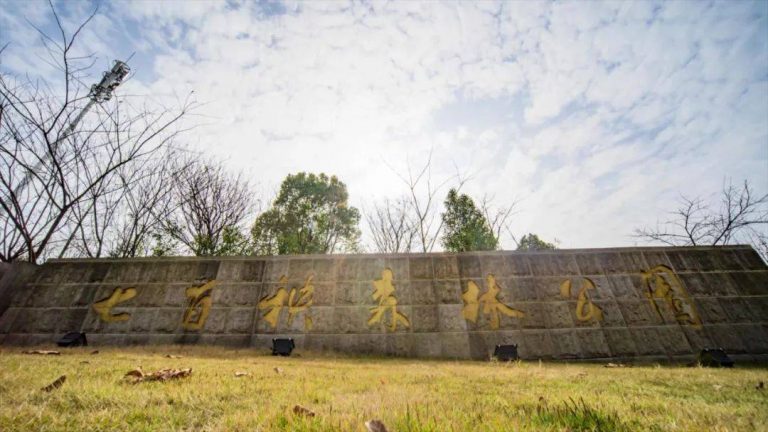Lishui City Qibaiyang Forest Park Fire Prevention Monitoring Project
Project Background
Located in Zhejiang Province, the Qibaiyang Forest Park in Lishui City Nancheng Development Zone is an area rich in natural landscapes and ecological resources. In recent years, frequent forest fires caused by both natural and human factors have posed a serious threat to the park's ecological safety and the safety of its visitors. To address these challenges, an advanced fire prevention monitoring system has been developed to enhance the park's fire prevention and response capabilities.

Project Goals and Requirements
The primary goal of this project is to prevent and respond to forest fires in real-time. The system needs to accurately detect smoke and fire signals, identify unauthorized intruders, and monitor crowd density to ensure the safety of the forest resources and park visitors.
Technical Solution and Implementation
This project utilizes three core technologies: forest fire and smoke detection, intrusion detection, and crowd density monitoring.
- Forest Fire and Smoke Detection: The fire and smoke detection algorithm analyzes smoke patterns and flame characteristics in surveillance footage to detect early fire signals.
- Intrusion Detection: This technology identifies unauthorized individuals by analyzing human features and behavior patterns.
- Crowd Density Monitoring: The crowd monitoring system tracks the number of people in specific areas to prevent safety hazards arising from overcrowding.
Project Achievements and Benefits
Since the monitoring system was put into operation, it has successfully prevented several potential fire incidents and quickly identified and halted multiple unauthorized intrusions. The implementation of the system has significantly improved the park’s safety management, ensuring the safety of both visitors and forest resources.
Challenges and Future Outlook
One of the major challenges during the project’s implementation was improving the accuracy and response speed of the algorithms. In the future, we plan to incorporate more advanced artificial intelligence technologies, such as deep learning, to further enhance the system's performance. Additionally, we hope to add more features, such as an automatic alarm system, to make the monitoring system more comprehensive and intelligent.
